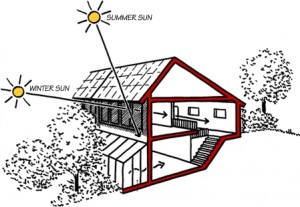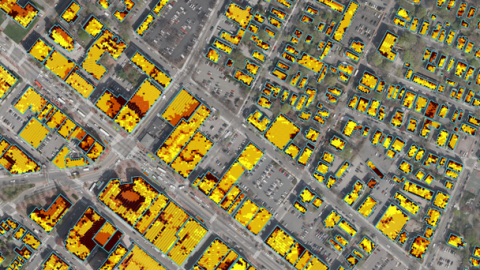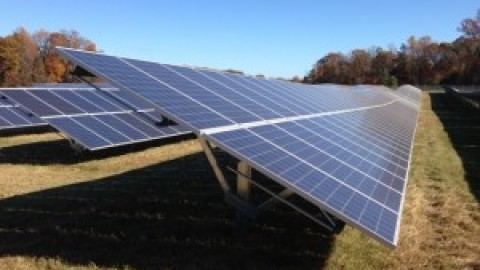Take Action
ASTI Newsletter | December 2013 Edition | By Thomas Yurysta
The solar industry is primarily a retrofit business with around 90% of solar installations occurring on existing buildings. This fact is unsurprising since the existing housing stock is much larger than the volume of new units built each year. Nonetheless, there is a noticeable lack of consideration for solar installations on new developments. The many advantages of incorporating solar at the time of construction – including lowering installation costs, mitigating roof life issues, and easier financing – is a huge missed opportunity.
Now is a great time to encourage solar-readiness for new construction, as steady growth in new housing is predicted over the next few years. Many communities would like to see this happen but are unsure of how to proceed.
One common approach is to adopt solar-ready construction standards for new homes and buildings. These standards can be simple measures, such as ensuring homes have south-facing roof surfaces with space for solar panels, or ensuring properties are developed to minimize shade from trees or neighboring buildings during prime sunlight hours. More technical standards can also be pursued, such as requiring electrical conduits to be pre-installed, or making accommodations for interconnection of a future solar PV system in the electrical panel.
Solar standards, such as these for new construction, can be included in long term planning documents or be adopted directly via new ordinances. The standards are often enforced during the permitting process where an application must show it meets the solar-ready guidelines to receive a permit.
The Solar Roadmap provides model materials for our communities who are interested in pursuing solar-ready construction standards. See Roadmap Goal Z2 to learn more.







